The Damaging Effects of Ethanol in Your Boats Fuel
In a perfect world, boat owners would get gas for their marine engines that does not contain ethanol. But the world is not perfect and finding gas...
2 min read
Bell Performance : Updated on April 19, 2021
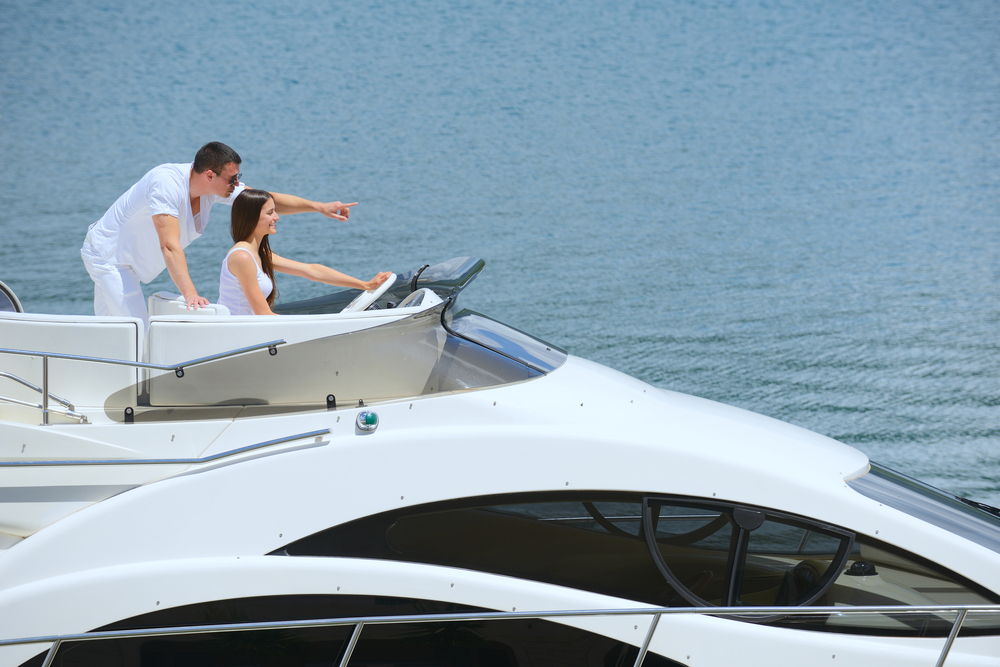
No matter what kind of boat you own, if you’re like most boat owners you want to squeeze out as much horsepower from it as possible.
Typically, there are three kinds of powerboats you and your family can choose from to enjoy the water during the up coming summer months. The first is the ever-present runabout. Another favorite is the performance boat and quickly gaining in popularity is the personal watercraft.
This post will help you identify easy and affordable ways to help your boat maintain its horsepower.
Runabouts are up to about 16 feet in length and usually have a two-stroke outboard motor, fueled by gas that is in the range of 50 HP to 90 HP.
A boat that you use mostly for water skiing is a specialized type of runabout. Rather than an outboard motor, they usually have an inboard motor and are a little longer, generally up to 20 feet
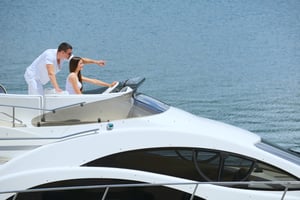
These are the “muscle cars” of the boating world. Horsepower for these boats range from 225 HP to 500 HP and have a deep V shaped bottom to smooth out the ride at high speeds. These boats reach up to 35 feet long and speeds of nearly 100 mph.
If performance boats are the “muscle cars” of boating, personal watercraft (PWC) are the motorcycles. Under 10 feet long, equipped with saddles and not seats, handlebars not a steering or tiller, and with power ranging from 40 to 110 horsepower, they attract younger boaters or boaters who are young at heart
No matter what kind of boat you own, if you are like most boat owners, you want insurance that you are squeezing every ounce of horsepower out of your engine. Following is a checklist to help you get the most power from your boat’s engine.
Like the trunk of car, boats are a collecting place for stuff – much of it unneeded. Excess weight, creates drag on your engine, which makes it work harder, and less efficiently – not only does extra weight cut effective horsepower, it also reduces fuel economy.
Debates rage about the benefits of hull waxing. Boat owners offer anecdotal examples of improved power with waxed hulls. Scientists dispute this, citing that water, unlike air, clings to smooth surfaces such as a waxed hull, and increases drag and decreases engine performance.
Gasoline powered boats are prone to problems from using E10 gasoline. The E10 designation means that the gas has 10 percent ethanol.
Marine engines can experience many problems related to E10 fuel that include:
Follow these tips and make sure you treat your fuel when storing your boat as E10 fuel has a short shelf life.
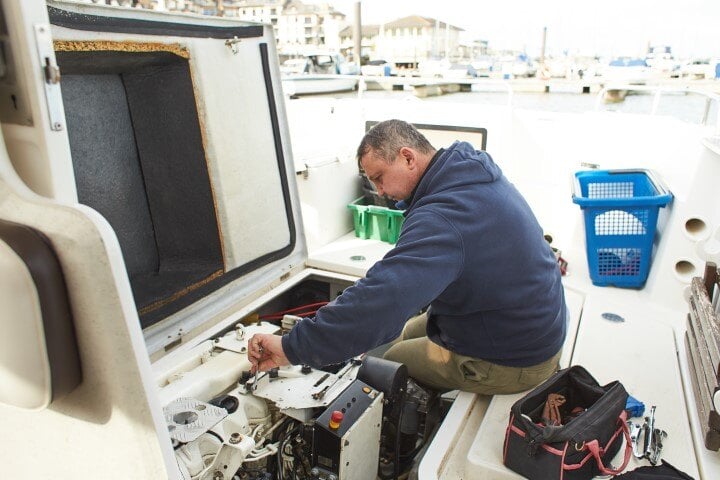
In a perfect world, boat owners would get gas for their marine engines that does not contain ethanol. But the world is not perfect and finding gas...
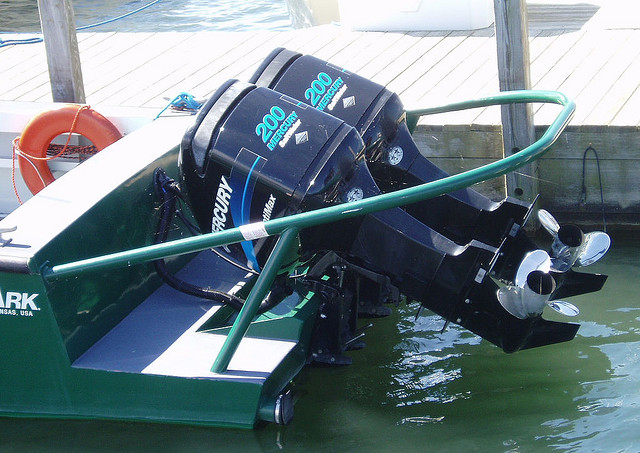
Even though boats are made for use on the water, their engines are not designed to hold water.
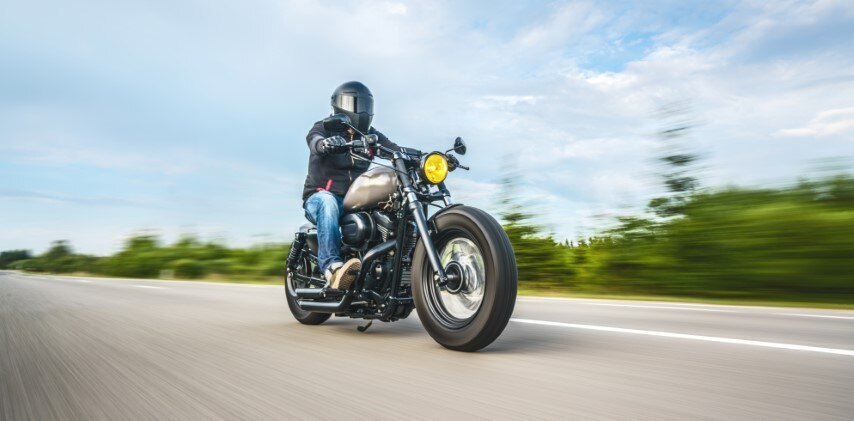
Registered motorcycles in the United States number around 10 million. And it’s a popular pastime, judging from the yearly increase of 500,000 bike...